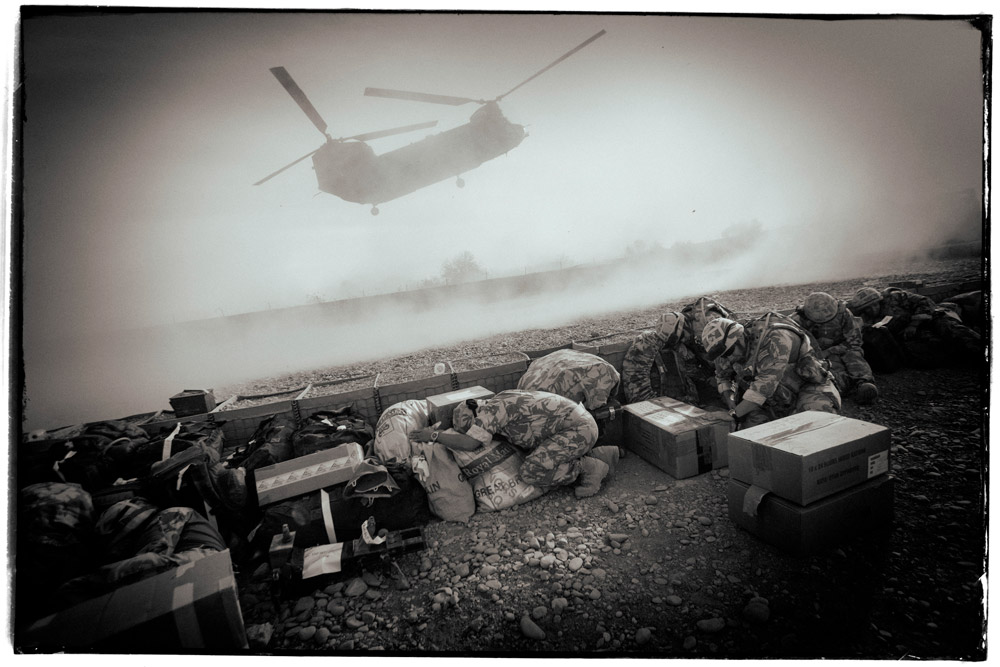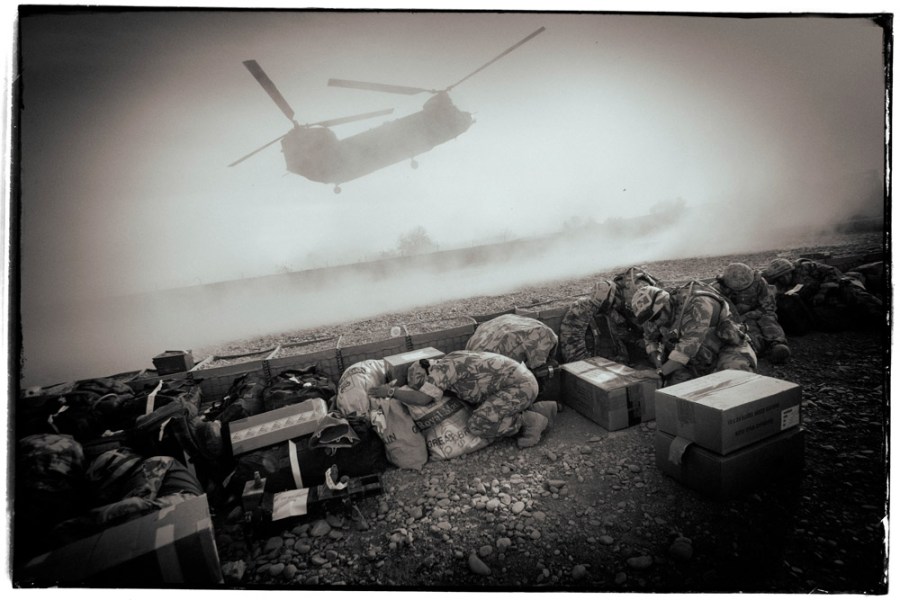Long, long, before I ever became a journalist, the saying “Sticks and stones may break my bones, but words will never hurt me”, struck me as both a massive oversimplification and a huge understatement concerning words and their power. Yet, regardless of which side of the fence you sit over that old nursery rhyme, if you are reading this, you’re probably firmly of the opinion that “A picture is worth a thousand words” – yet, rarely do we consider the consequences.
My career began in an analogue world; and so, I always believed that Photographers and Picture Editors had a moral duty to abide by standards of reputable journalism. Believing, there is a line that should never be crossed. In today’s digital universe with cries of “fake news” and “alternative facts” I believe that even more so. Find that line, and for prudence’s sake, take one small step back.
I know, sat here at my warm safe desk, browsing images of the dead and the dying it seems such a first-world problem. Yet, the war in Ukraine has seen lines crossed in so many ways. Perhaps it’s my age, or echoes of all the other images I’ve seen, or taken. But trawling the wires for images the right side of the line has been disturbing in ways it never was before. And don’t dare say it’s because the refugees are white – regardless of race no death should be tolerable. I can’t forget Iraq or Afghanistan, but mercifully, I’ve been blessed with a really bad memory, so on the whole I forget enough.
Yet, there are the images you can’t unsee; for me, one particular image pops unbidden into my head. In the ’90s, while working for the photographic agency Colorific! I edited Christopher Morris’s assignment on the fall of Vukovar (during the Croatian War of Independence), and one image had a profound effect on me. Strangely, and for some reason, that haunting image has become a mental shortcut for all that I have seen since.

Photo: Andy Blackmore (Chinock)
Perhaps this best explains why; in the film Minamata, while teaching photography, W Eugene Smith (Johnny Depp), enlightens Aileen Mioko (Minami Hinase), saying, “You know the Native Americans believed that a photograph would take a piece of the subject’s soul – but what gets left out of the fine print is that it can also take a piece of the photographer’s soul – you understand what I’m saying? It will break your heart. So, if you take it, you take it seriously”.
Now, I can’t find any record of W Eugene Smith ever using such words, yet, so much of me hopes he did. Whether it’s just honeyed Hollywood melodrama or a cynical MacGuffin, it strikes the right balance concerning the emotional tightrope walked by photographers and Picture Editors.
It’s all about empathy, enough to care, enough to do your job and inform the world, but not so much it induces vertigo, lest you lose balance and plunge into the abyss.

Andy Blackmore portrait, by-line pic, 21.05.22 © Gretel Ensignia
Article: Andy Blackmore has been in the business of photography for over forty years, currently, he’s Picture Editor and Chief Photographer with the financial newspaper City A.M, while previously he’s been Chief Photographer and Picture Editor at Metro, Picture Editor of the Independent on Sunday, The Independent and the Guardian.
The views expressed in this column are not necessarily those of Amateur Photographer magazine or Kelsey Media Limited. If you have an opinion you’d like to share on this topic, or any other photography related subject, email: ap.ed@kelsey.co.uk








